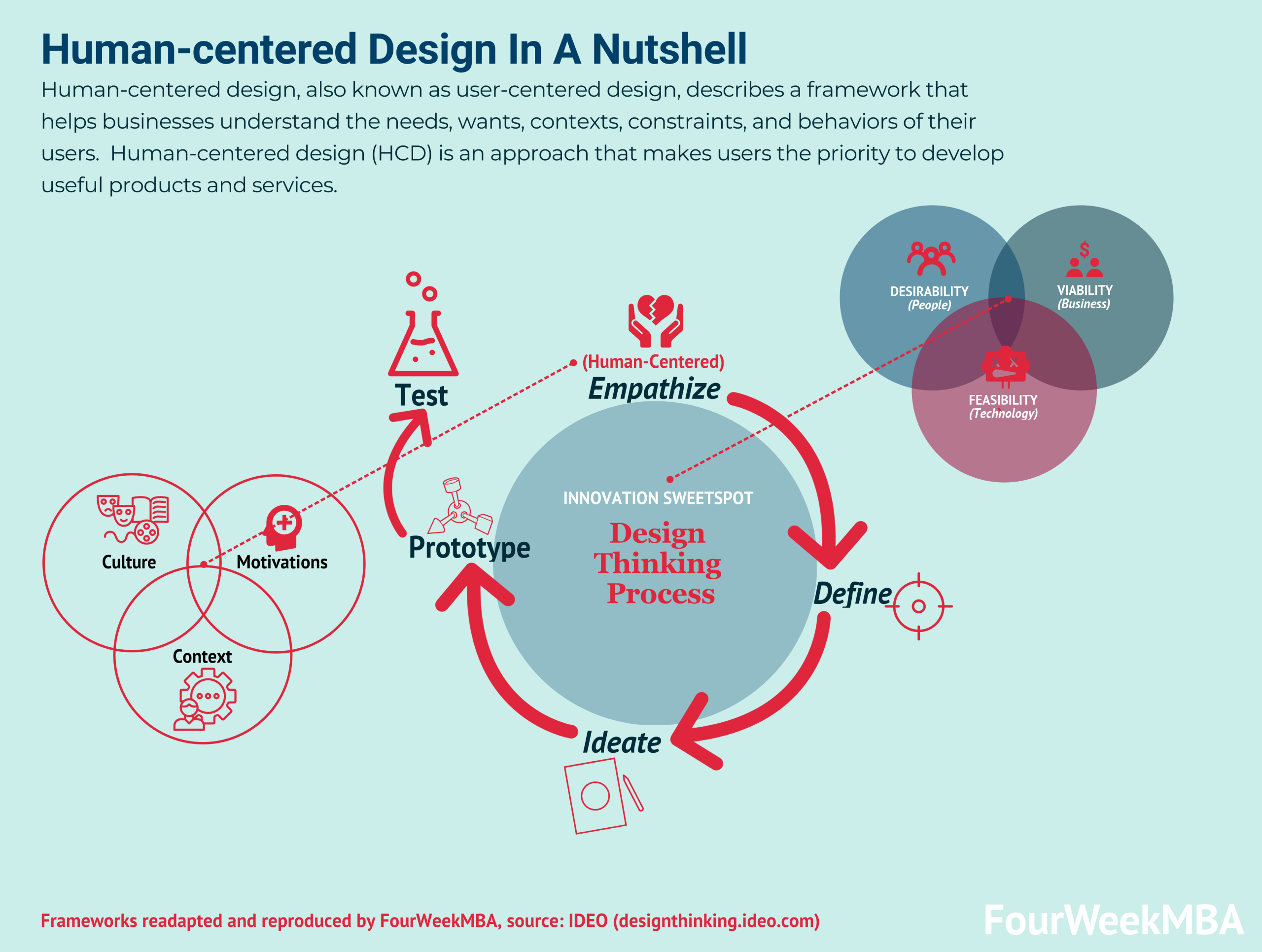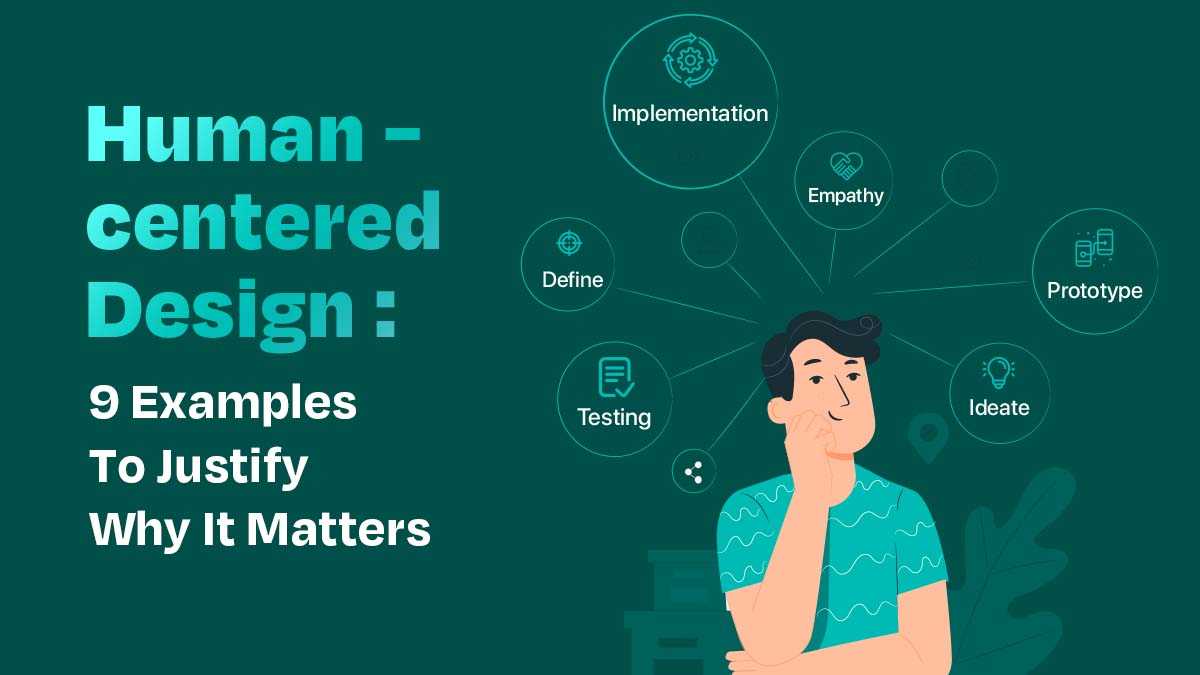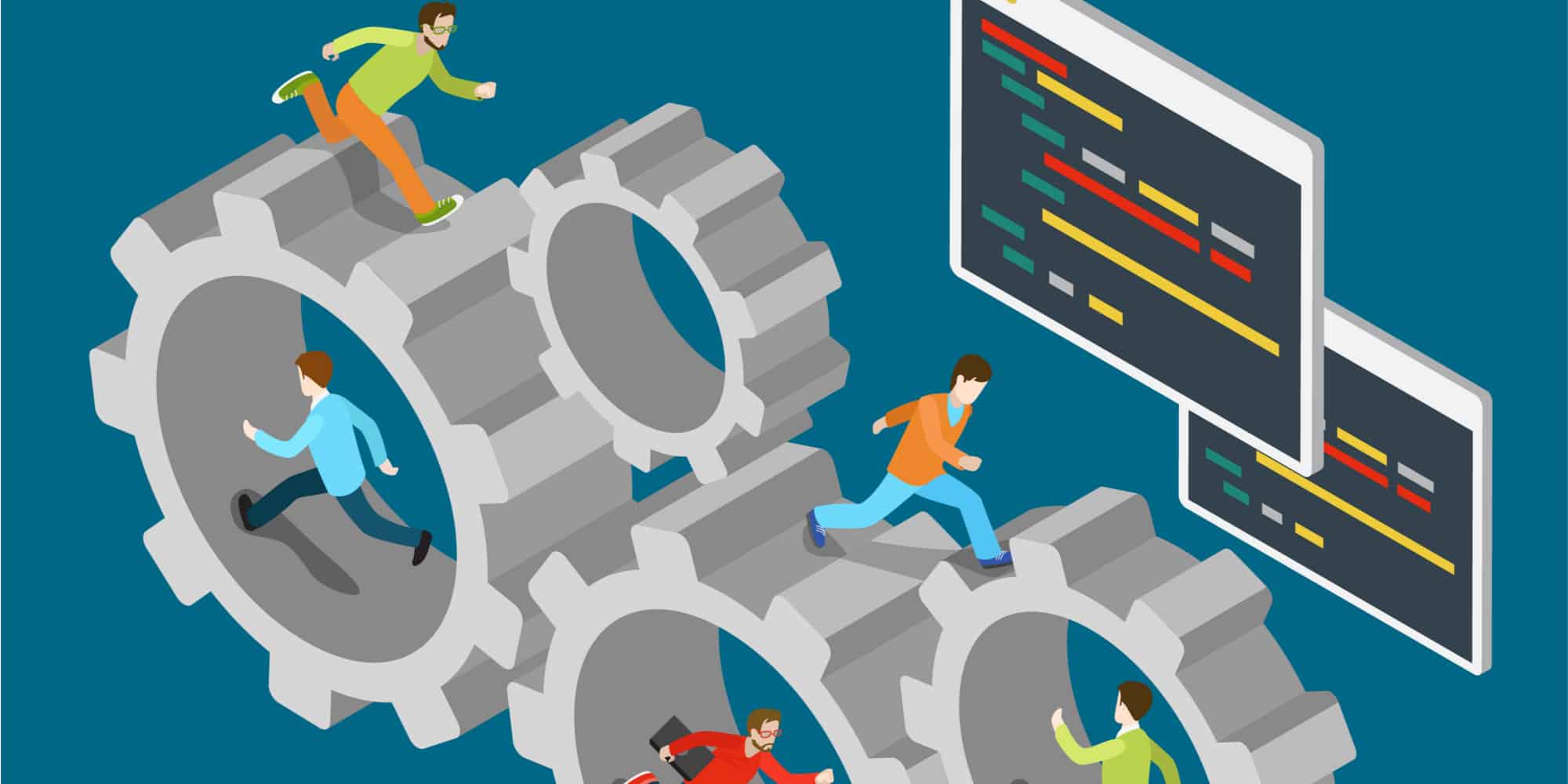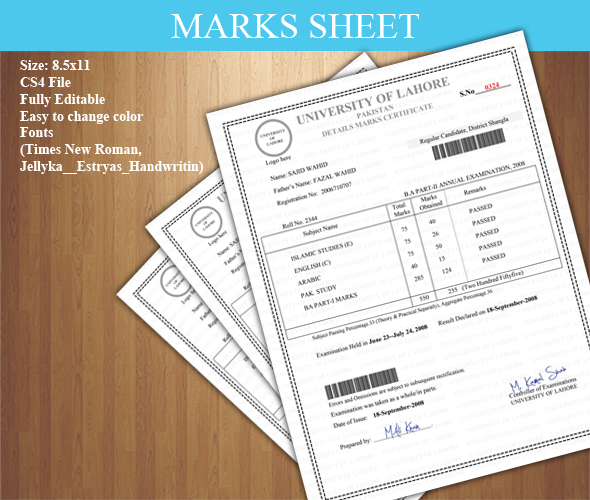Table Of Content

And ultimately, they empower and train these teams to adopt human-centered design and improve productivity and collaboration in their day-to-day work. The goal of HCD is to create solutions that are not only functional, but also enjoyable for individuals. By focusing on people’s needs, lived experience, and behaviors, HCD helps to create products that are intuitive, efficient, and easy to use. Bringing the right stakeholders in during the early stages of the solution development process can lead to better solutions and bring empathy, better collaboration, and improved innovation to your problem-solving. HCD is based on the idea that many social problems, such as climate change and homelessness, are difficult to solve due to the incomplete or changing requirements needed to address them.
Empathizing with your users
How User Centered Design Changes Medical Product Success - Healthcare Packaging
How User Centered Design Changes Medical Product Success.
Posted: Tue, 06 Apr 2021 07:00:00 GMT [source]
For this reason, wicked problems require a problem-solving method that is collaborative, adaptable, and centered on the complexities of human behavior. As the name suggests, the defining characteristic of human-centered design is designing solutions that help people at the center of the problem. San Francisco-based Dubberly Design is focused on making both hardware and software easier to use.
Generative AI Needs Design - Forbes
Generative AI Needs Design.
Posted: Fri, 17 Feb 2023 08:00:00 GMT [source]
Human Centered Design Principles to Guide the Agile Evolution of Startups
IBM Design Thinking emphasizes collaboration, rapid prototyping, and user feedback to create innovative solutions that address the needs of businesses and users. By applying Design Thinking principles, IBM has transformed its approach to software development and created more user-centric products and services. Apple’s success is often attributed to its dedication to human-centered design principles. Apple designers and engineers focused on simplicity, intuitiveness, and an emotional connection with users.
UX Resources for Beginners
The three phases of the human-centered design process, according to IDEO, are inspiration, ideation and implementation. During the inspiration phase, you spend time with the people you’re designing for in order to understand and empathize with their needs. Typically, this is done through interviews, observation sessions and tours, or by immersing yourself in the world of the user. You then use the inspiration and empathy gained to develop a point of view and begin thinking about how your research will translate into the product or service you’re going to design. IBM has integrated Design Thinking into its approach to developing enterprise software and solutions.
A Guide to UX Design in Berlin

To solve the right problem, human-centered design teams drill down to the root cause. Any online platform or mobile app is solely designed for its users; for that reason, it should be made to provide the user with the ease they are looking for. When user needs are overlooked, the website tends to lose its value, as nobody would prefer accessing it.

The Human-Centered Design (HCD) Six Phases offer a framework for identifying and resolving issues via an iterative design approach that stresses empathy and user-centered solutions. At its core, this approach advocates for designing with empathy before any other considerations. This means involving the user throughout the process, from prototyping through testing, to ensure the result is precisely the solution they seek. Allows for content and ad personalization across Google services based on user behavior. Each lesson will build upon another to expand your knowledge of human-centered design and provide you with practical skills to make a difference in the world.
In this section, we’ll highlight some techniques for incorporating human-centered design into your SaaS app and look at how other popular SaaS products have used them. From the very beginning, the user understands that there are going to be four steps in this quick guide. Main functions, like send/request/transfer/add money, are easy to find even for a person who uses this app for the first time. Then, you can check the list of latest operations that are located in the block that the user can scroll. This way they saved the space on the first screen to provide a better user experience. All the above screenshot shows that consistent UX design makes the application simple and user friendly.
HCD integrates the broader emotions and contexts influencing a user’s life
The user-centric design process is not linear; it is iterative and cyclical, allowing for continuous refinement and improvement based on user feedback and evolving needs. Design innovations that delight users start with understanding core human needs. Human-centered design (HCD) helps designers explore possible solutions and improve user experiences in any field, from healthcare to e-commerce. Design Thinking is characterized by its collaborative and iterative nature, emphasizing creativity, empathy, and experimentation. It encourages a bias towards action and a willingness to embrace ambiguity and failure as part of the innovation process. By focusing on understanding user needs and rapidly iterating through prototyping and testing, Design Thinking enables teams to develop solutions that are more effective, user-centered, and impactful.
Phase 5: Iteration
Software designers that take a human-centered approach are able to incorporate user feedback with every new release cycle. While taking a human-centered approach to designing the Molekule air purifier, Riering-Czekalla said he also realized the user experience can be very emotional. During the Sonoma and Napa wildfires in late 2017, many asthma sufferers couldn’t set foot outside, and even the indoor air quality dropped. Those using Molekule were able to reduce their symptoms and breathe more normally.
Continuous measurement during this phase allows organizations to evaluate, modify, or expand product features in order to create more value. Overall, implementation should lead to continuous adaptation and growth of a solution in response to needs, market trends, and user behaviors. Understand and ObserveHuman-centered design starts with empathy, an important part of developing understanding. Empathy, or the ability to share the feelings of those who experience the problem, is important because it facilitates insight into how you can generate solutions through what you design and create.
In the Barry simulation, users will witness a VR person argue, express emotions and ask questions all while roleplaying at being fired. One of the biggest pain points he discovered during his research was the hassle of filter replacement. Many people do not replace the filter in their air purifier as often as they should.
The thoughtful microcopy on the two CTA buttons — “Find support” and “Offer support” — also communicates that this is a strong community where people offer and receive help freely. One of the designer’s main jobs is understanding how each part of the system affects the others. For example, let’s say a web designer from the U.S. is working on a site for a dentist in the Netherlands. The site analytics reveal a high bounce rate coupled with a low average time on site, so people are clicking to the site and then leaving almost immediately. Integrating human-centered design (HCD) techniques into digital design work make the results uniquely accessible, appealing, and enjoyable to use.
It is a discipline that emphasizes a people-centric approach, solving the right problems, recognizing the interconnectedness of everything, and not rushing to solutions. It involves working with multidisciplinary teams and experts, and most importantly, it has to come from the people, embracing a community-driven design approach. This approach is a subset of humanity-driven design, which aims to address the major challenges humanity faces and, ultimately, save the planet. Human-centered design is a problem-solving technique that puts real people at the center of the development process, enabling you to create products and services that resonate and are tailored to your audience’s needs. Creating a successful business requires identifying an underserved need, validating your idea, and crafting an effective value proposition. Human-centered design (HCD) is an approach to design that places real people at the center of problem-solving.
In addition, HCD gives the people you’re designing for the sense that they’re understood. Not only can this increase customer loyalty, but because they’re part of the process that brought the product to market, they’re likely to feel more invested in using it. Using human-centred design principles, such as talking to your customers, will help you level up when designing products and solutions. But we say “person” rather than “human” when we discuss the people we want to help. Humanity-centered design is a practice where designers focus on people’s needs not as individuals but as societies with complex, deep-rooted problems.
The device was created with the user (in this case Ashley) in mind, notifying her of her calorie burn and motivating her to exercise more. So whether it’s her steps or workouts, she can track all of them while improving her sleep schedule and diet. If you have high cholesterol, you have to walk at least 10,000 steps every day. If you’re already an active person, you don’t have to count your steps to fill your quota, but sadly, that’s not the case for most people. Thanks to Spotify, users are able to get all their music in one place for one monthly fee. To give you a more solid idea of what human-centered designs look like, I prepared a list of human-centered designs from iconic products.
The goal of ideation is to generate as many divergent ideas as possible. The psychological benefit of generating ideas, even if they are unfeasible, is the process of overcoming your inner critic, which often keeps you from uncovering disruptive or paradigm-shifting solutions. Research shows that the best ideas come from having a greater amount and diversity of ideas.

No comments:
Post a Comment